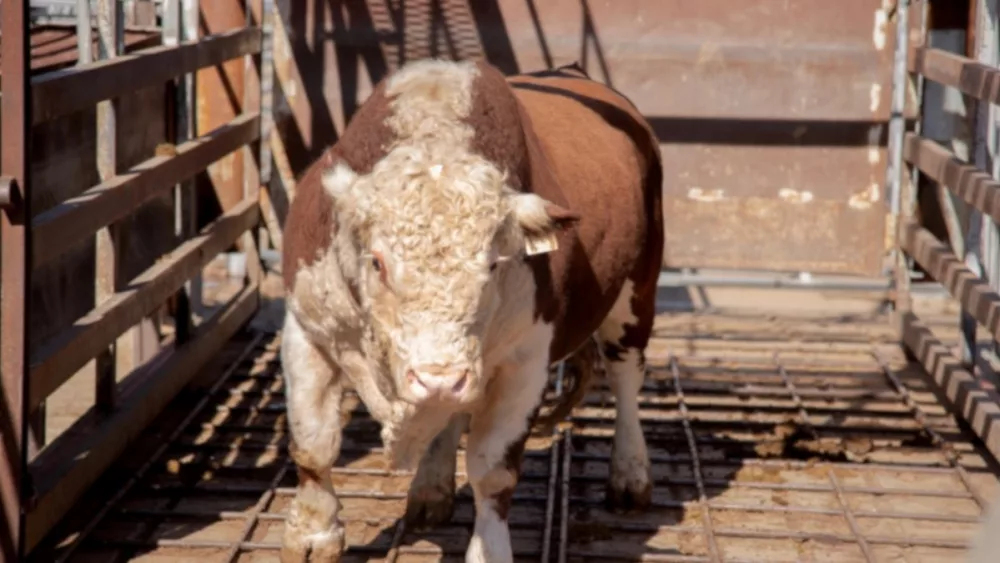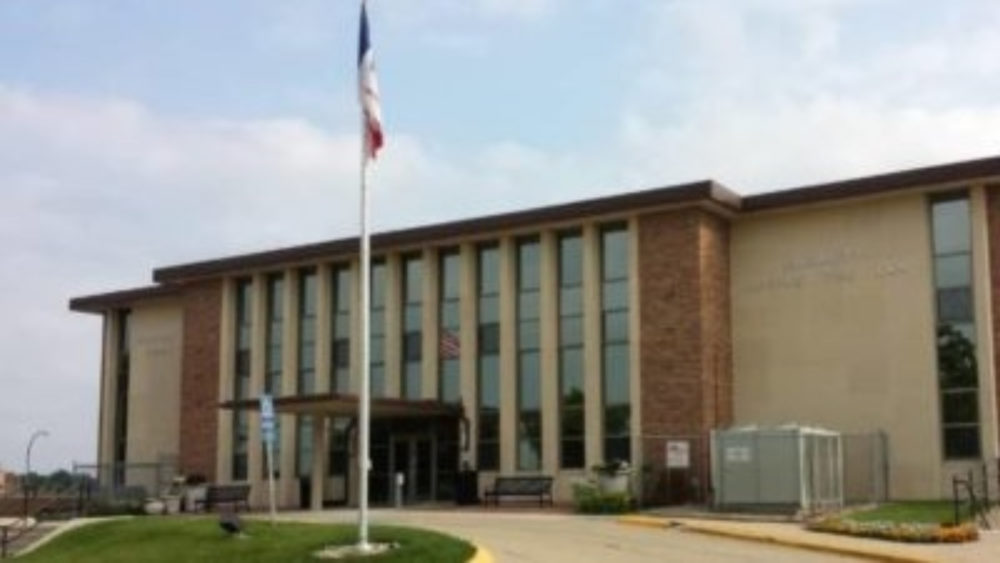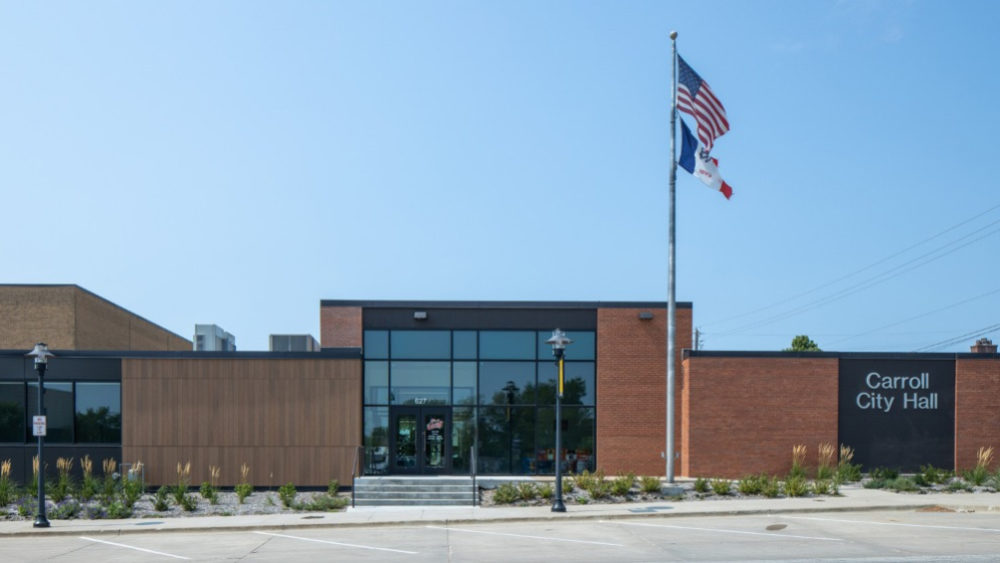The Carroll County Board of Supervisors spent nearly three hours during their meeting Tuesday looking to trim the Fiscal Year (FY) 2025 budget. Last year, the Iowa legislature passed House File (HF) 718, which limits annual growth for municipal governments, and many boards and councils, including Carroll County, are facing a tight budget year. The supervisors started by reviewing a long-standing contract with Crawford County for environmental health services. The board’s analysis found the agreement came at a loss of around $40,000 for the county over the last five years. Environmental Health Director Carey Kersey says the state is partially to blame for changes to service reimbursements to the county.
The 28E agreement with Crawford County has existed in its current form for over a decade. The supervisors indicated they are not dissatisfied with the contract, but it needs to be updated to protect Carroll County taxpayers. The board then looked at non-profit funding requests later in the meeting. Board Chair Stephanie Hausman says this is a difficult discussion, but something has to give when the budget is squeezed.
One of the first requests looked at closely was Carroll County Growth Partnership’s (CCGP) $87,400 request for FY25. None of the supervisors supported the full request. Suggestions ranged from level funding at $82,400 to as low as $70,000. District 2 Supervisor Mike Andersen says supporting economic development is a priority for the board, but the supervisors and taxpayers need to know how that money is used.
CCGP is coming off one of its most active years in recent memory, which included the launch of HUB 712, RAGBRAI, and the state baseball tournament. The supervisors agreed to maintain level funding but with the expectation that CCGP would provide regular updates to the supervisors concerning economic development activities. Requests from the county’s non-profit daycare centers were also debated at length, resulting in funding reductions for all three. It was a similar situation for the county’s libraries, which were reduced from last year’s funding amounts.










